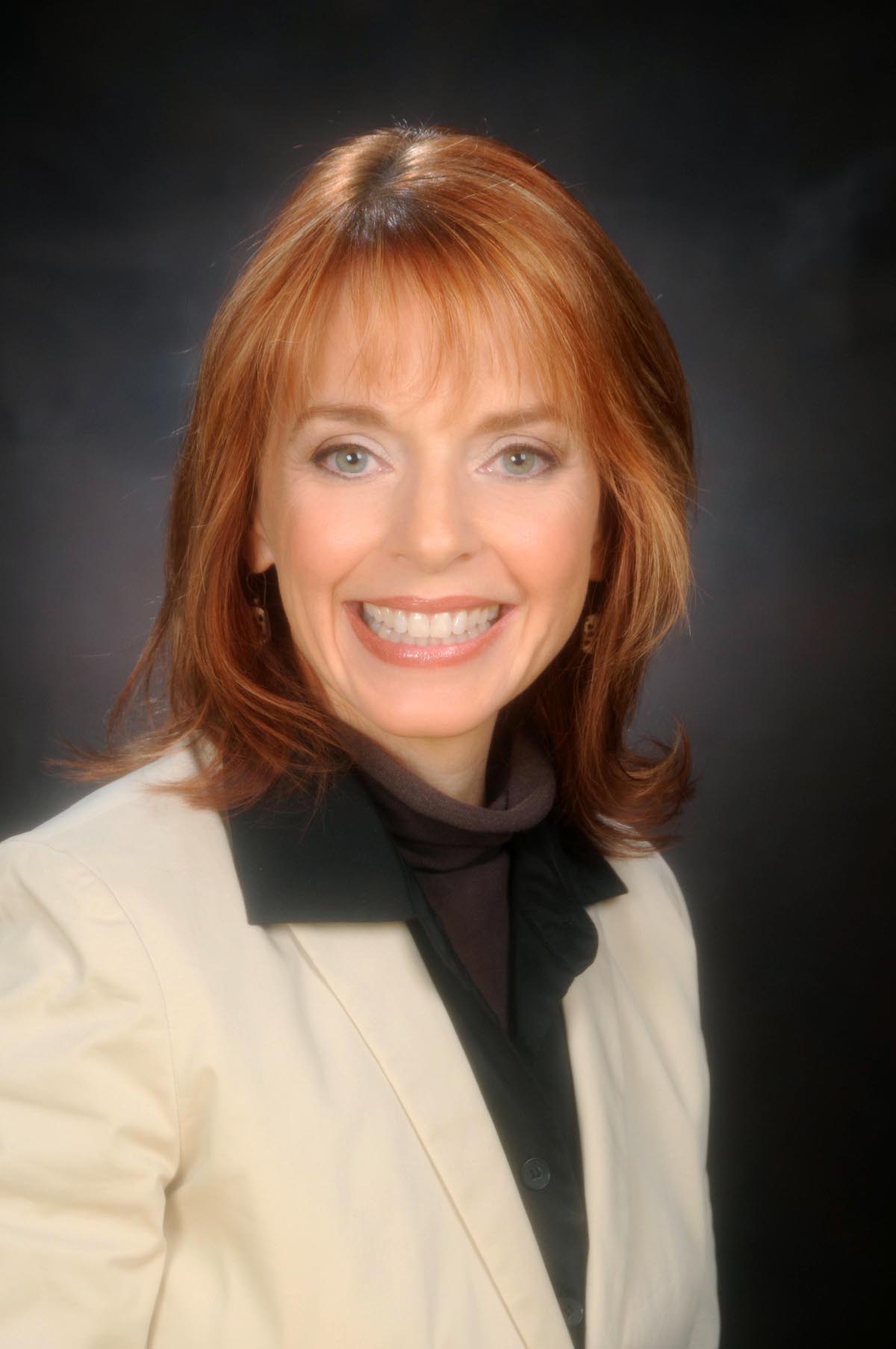Raytheon is known as the leader in technology for defense and cybersecurity solutions. How did this come to be? A pipeline of solutions starts with a pipeline of talent.
In a recent interview, Trudy Sullivan, vice president for Communications and Public Affairs at Raytheon Space and Airborne Systems (SAS) and SAS Executive Diversity Champion, shared best practices in engaging diverse talent and sparking broad interest in STEM careers.
Particularly in the technology field, women are a minority in the workforce. SAS may be one of the few companies in McKinney, TX – headquarters to Raytheon SAS – that starts engaging female students at the elementary school level. This is possible through the Leadership and Science Ensures Results (LASER) program that promotes STEM education through project-based learning. Founded by the Raytheon Women’s Network (RWN) LASER enables young girls to have visible role models in the STEM field. LASER began as a program for high schools and quickly expanded to middle and elementary. In a survey, 87 percent of the elementary students say they are now thinking about a STEM career and 64 percent of the middle school students see value in participating on a diverse team. For the past six years Raytheon SAS volunteers have taught over 19,000 students in the McKinney school district.

Raytheon
RWN is also working with GoldieBlox, a children’s multimedia company focused on challenging gender stereotypes with a girl engineer character. GoldieBlox is launching an initiative to show young girls “engineers in the wild.” To support this, Raytheon appealed to its female engineers to talk about what they are do and what inspires them about STEM. In two days there were over 130 names and nominations submitted.
As reported by Equal Employment Opportunity Commission (EEOC), women make up 20.4 percent of executives and senior officials, 30.1 percent of middle managers and 31.9 percent of professionals in the technology field. There is a clear need for change to make parity happen in STEM. Specific measures, like the ones Raytheon has taken, need to become the norm.
Raytheon’s Women’s Network is not the only one of their nine ERGs reaching out to the younger STEM community. The Raytheon Asian-Pacific Association (RAPA) has taken an active role at the California Science Center (CSC). Fifteen RAPA employees recently judged a CSC science fair and have a commitment to hands on interaction with middle school students to spark an inspiration in STEM.
Outside of ERGs, Raytheon employee mentors have volunteered for the “Science of Sports” program. In Texas, there was a “Science of Basketball” initiative with the NBA development league and a “Science of Soccer” program with members of the FC Dallas team. In California, Raytheon also partnered with the LA Kings to engage kids through the “Science of Hockey.” SAS’s largest employee bases are in McKinney, TX and El Segundo, CA.
Why this focus on community involvement? From the Diversity Best Practice’s interview with Trudy Sullivan, we learned that Raytheon SAS has significant impact and success when current employees are directly engaging with students. For example, a Raytheon-mentored student team won the 2016 FIRST Robotics World Championship. The lead mentor, Shane Palmerino was a member of the Raytheon-mentored team that won in 2005. Raytheon helped Palmerino go from mentee to mentor.
Trudy Sullivan, the SAS Executive Diversity Champion, commented on the company’s highly motivated employees and how their diversity of thought “advances competitive advantage, creates a more collaborative environment in a number of ways and ultimately drives more innovative solutions.”Raytheon Space and Airborne Systems (SAS) is powered by over 13,000 engaged employees (over a fifth of the total Raytheon workforce!) and uses their diverse perspectives to inspire future generations of engineers.

